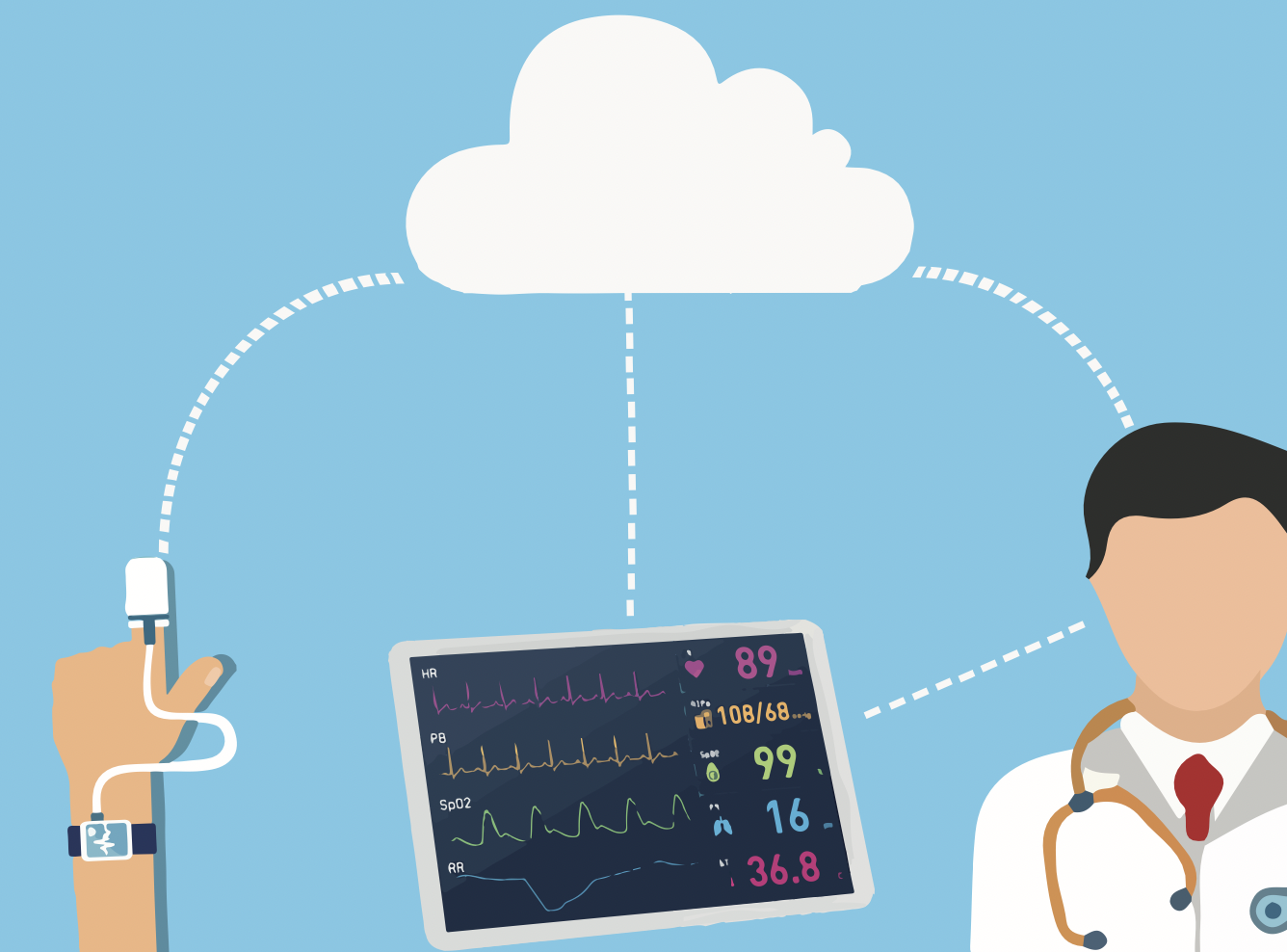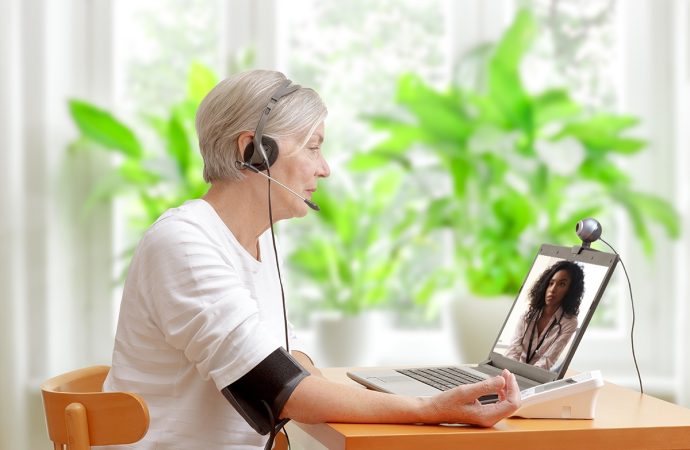The Basics of Remote Patient Monitoring Remote Patient Monitoring, or RPM, is a way doctors can keep an eye on their patients without being in the same place. It’s like having a mini doctor’s office in your own home, where you can measure things like your heart rate or blood sugar level. This information is
The Basics of Remote Patient Monitoring
Remote Patient Monitoring, or RPM, is a way doctors can keep an eye on their patients without being in the same place. It’s like having a mini doctor’s office in your own home, where you can measure things like your heart rate or blood sugar level. This information is then sent to your doctor who can check if everything is okay. This can be really helpful for people with long-term health problems like diabetes or heart disease.
Why is Remote Patient Monitoring Important?
RPM is becoming more and more popular in healthcare, especially since the COVID-19 pandemic. It allows doctors to take care of their patients even when they can’t see them in person. It also helps patients to stay on top of their health and can even prevent them from needing to go to the hospital. For example, South Shore Health uses RPM to take care of patients outside of the hospital, freeing up space for those who are very sick.
The Benefits of Remote Patient Monitoring
RPM, or Remote Patient Monitoring, is a revolutionary technology that has been proven to not only benefit your health but also to significantly improve the quality of your life. One of the many advantages of RPM is its ability to provide medical care to individuals who live in remote areas or do not have access to reliable transportation.
This means that even if you live far away from a hospital or are unable to drive, you can still receive the medical attention you need without having to endure the hassle and inconvenience of traveling long distances.

Picture by: Yandex.com
In addition to the convenience factor, RPM has also been shown to have a positive impact on financial savings for both patients and healthcare providers. As mentioned earlier, one hospital in Indiana was able to save a staggering $500,000 by implementing RPM and reducing the number of patients who needed to be readmitted to the hospital.
This not only signifies significant cost savings for the hospital, but it also translates to lower healthcare costs for patients as well. Overall, RPM is a game-changer in the healthcare industry, offering convenience, cost savings, and improved health outcomes for patients. By embracing this innovative technology, individuals can take control of their health and well-being, regardless of their geographical location or transportation limitations.
The Future of Remote Patient Monitoring
RPM is becoming more common, and it looks like it’s here to stay. In a recent survey, 4 out of 5 adults in the US said they liked the idea of RPM and almost half wanted it to be a part of their medical care. As technology gets better, RPM will become even more important in healthcare. So, it’s safe to say that the future of patient care could very well be at home, with RPM leading the way.
Setting Up a Remote Patient Monitoring Program
Starting an RPM program can be a big task, but it’s definitely worth it. The first step is to figure out what you need the program for. Then, you’ll need to put together a team, set goals, and plan out how everything will work. You’ll also need to choose a platform that will allow you to connect with your patients and collect their health data. While it might be a lot of work, the benefits of RPM make it a worthwhile investment.
The Role of RPM in Hospital-at-Home Care
More and more, hospitals are starting to use RPM to provide hospital-level care at home. This can include things like x-rays, oxygen therapy, and even pharmacy services. While this does involve some in-person care, it’s mostly done through RPM and telehealth visits. This type of care is especially helpful for patients recovering from surgery or dealing with long-term symptoms after recovering from COVID-19.
















